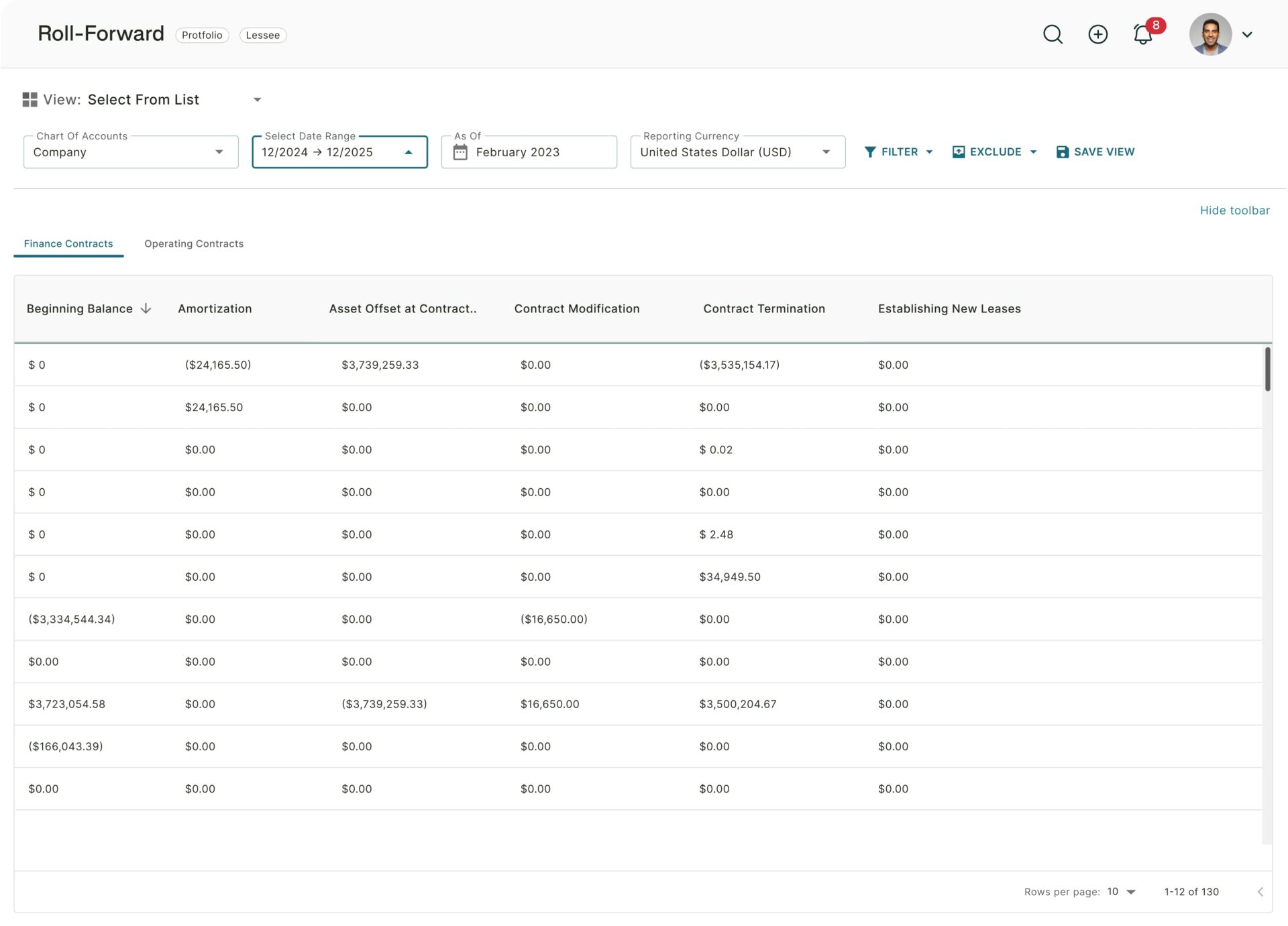The release of recent lease accounting standards, by both the FASB in the U.S and the IASB in many parts of the rest of the world, has signaled a major turning point in accounting.
With the goal of making accounting standards more understandable, transparent, and meaningful, the new lease accounting standards are arguably the first steps in rebuilding accounting standards from the ground up.
Certainly, ASC 842 and IFRS 16 represent a major change in accounting treatment of a traditional area of business, namely leases; but more than this, these accounting standards are heralding a whole new era of accounting.
In this piece, we look at 3 major factors that back this up.
Tackling major issues like fraud head-on
The accounting profession was rocked by a series of scandals in the late 1990’s and early 2000’s, scandals which led to the dissolution of one of the largest accounting companies – and multinational corporations – in the world, Arthur Andersen.
The straw that broke the camel’s back was the bankruptcy of Enron, driven in large part by accounting and audit irregularities, which in turn can partly be attributed to “off balance sheet financing” and other accounting methods used to present a financial picture that was not necessarily accurate.
The custodians of accounting standards worldwide got together, realizing that something needed to be changed. With this in mind: more transparency, an accurate reflection of reality, no hidden liabilities, and so on, critical areas that were being taken advantage of – like lease accounting for example – were not just amended, but completely re-promulgated from the ground up.
The accounting world has become used to minor updates to accounting standards.
This, however, was a completely new way of dealing with a traditional accounting issue. It has garnered praise across the board in its attempt to tackle the issues that plagued the industry, head on.
Concrete step towards consistent global accounting standards
There are some core differences between accounting standards in the US and the majority of the rest of the world; that is, between the FASB’s US GAAP and the IASB’s IFRS approach.
Some differences are specific, for example the treatment of inventory, or intangibles. Others are even bigger, including a rules-based versus a principles-based approach.
With new lease accounting standards however, there was a concerted effort by all parties to create standardization going forward, a watershed moment for international accounting.
This project culminated in the Norwalk Agreement of 2002.
According to a statement released by the participants: “At their joint meeting in Norwalk, Connecticut, USA on September 18, 2002, the Financial Accounting Standards Board (FASB) and the International Accounting Standards Board (IASB) each acknowledged their commitment to the development of high-quality, compatible accounting standards that could be used for both domestic and cross-border financial reporting. At that meeting, both the FASB and IASB pledged to use their best efforts to (a) make their existing financial reporting standards fully compatible as soon as is practicable and (b) to coordinate their future work programs to ensure that once achieved, compatibility is maintained.”
The lease accounting standards created, ASC 842 and IFRS 16, are a clear and concrete result of this process.
Requiring a technological solution to manage
The world of business has changed tremendously over the past few decades. Digitalization, connectivity, artificial intelligence and multiple other factors have created an environment that is more efficient and more effective, but one that is also more complex and more difficult to comprehend.
This has had a very real impact on all stakeholders. For example, auditors need to understand the sophisticated algorithms that are driving key business decisions, and users of financial statements need to have potential liabilities inherent in modern business systems accurately and transparently presented.
New lease accounting standards have noble goals, including the provision of greater transparency and comparability in financial reporting by requiring public business entities and private companies to recognize lease assets and liabilities on the balance sheet.
These goals have to keep up with increased complexity, and the ones that have to ensure compliance here, are the accounting departments within companies.
Doing so – ensuring compliance when taking into account multiple leases, lease modifications, the IBR calculation, and so on – has become almost impossible without a purpose-built lease accounting software solution.
This marks a major change in accounting, where Excel used to be enough. Today, Excel is still a great tool, but a more robust solution is needed to ensure compliance (and that lease accounting doesn’t take up all of the accounting team’s time).
Lease accounting: a new era of accounting
These factors, in isolation, are already enough to indicate that a new era of accounting is here. When taken together however, they indicate a sea change, and a glimpse into what the future of accounting and accounting standards will look like.
To learn more about how your business can benefit from an AI-powered, automated lease accounting solution, and future proof your business going forward, get in touch with a Trullion product expert.





